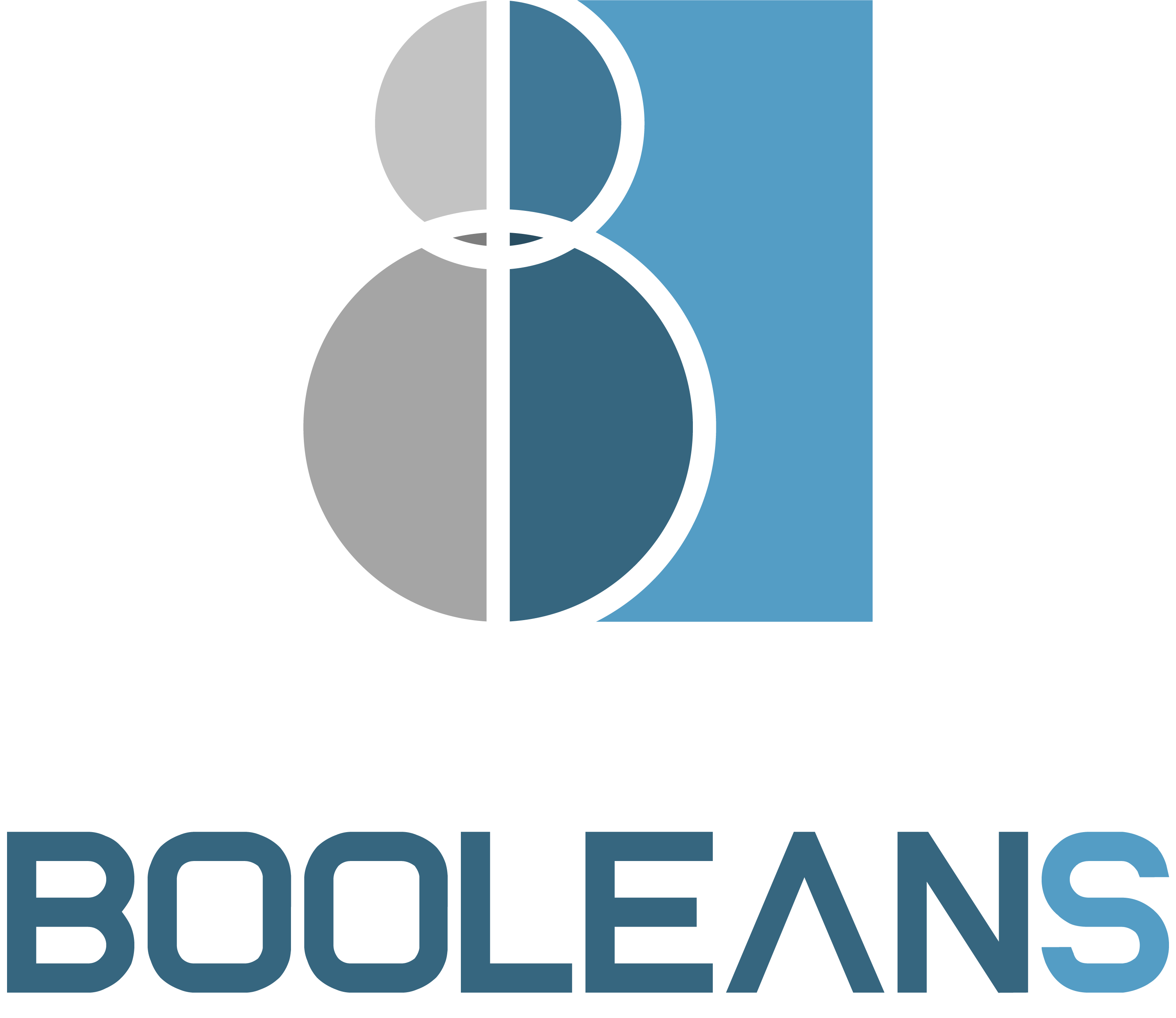
Gamification and Business
Everyone loves an application where users are actively interacting with your platform or where your employees are continuously motivated and driven to achieve business goals. Businesses have often looked at using gamification for their SaaS applications, boost e-learning or also using it internally to boost employee morale. Gamification, if done well, can increase user interaction, employee performance and help your management focus on evolving the business. In this article, we will explore more about gamification and see what factors businesses need to consider introducing gamification into their products or environment.
What is gamification exactly?
In simple terms, gamification is adding game mechanics into nongame environments, like a website, online community, learning management system or business’ intranet to increase participation. Many types of games include game mechanics such as points, challenges, leaderboards, rules and incentives that make game-play enjoyable. Gamification applies these to motivate the audience to higher and more meaningful levels of engagement. Gamification aims to engage with your consumers, employees and partners and to inspire them to collaborate, share and interact.
Is Gamification Really Working?
Well the first thing business might look for is do I really need gamification? Will my target audience use it? Is it giving the desired results? And the answer would be yes, yes and yes, but it really depends on the design and the execution.
Here are few success examples of gamification -
- Google’s Travel Expense System helped reach almost 100% employee compliance for travel expenses.
- Spotify introduced a mobile game for its annual reviews. More than 90% of its workforce voluntarily participated.
- Deloitte’s gamified training programs need only 50% less time to complete. They helped enhanced long-term employee engagement.
- Hewlett Packard’s Project Everest–which awards top reseller teams holiday packages, etc.–improved sales by 56.4%.
- Uber uses various innovative gamification tools to get more drivers on the road.
- 2.23 billion Facebook users log in to their FB accounts every day through various gamified interactions and game loops.
- Nike employed gamified feedback to drive more than 5,000,000 customers to surpass their personal fitness goals daily (PS: I am one of those customers).
Source: Finances Online - Gamification Stats
Data and Gamification
True gamification is completely data-driven and businesses can monitor the performance of their audience in real-time. Gamification is best achieved by understanding it in your business’ context, analysing the metrics you need to focus on and building a solution that would be preferred by your audience. After all, you are not building a game which could adapt to wider audiences but looking for adding value to your business.

Gamification key considerations
- Define your goals. Know what you want to achieve and why, then work backwards to identify the steps required to achieve these. SMART objectives are a good way to define and refine your objectives
- Understand user outcomes. What are you expecting your audience to achieve when using this app? What actions do they need to take to get rewards? Are these connected, in a smart way, with the business objectives?
- Design around the user experience. How will this app sit within your application’s workflow? Can you integrate with other apps and tools? How can you ensure it will be used once implemented?
- Make sure it’s fun. Don’t forget about this — otherwise, it’s not an app that will ‘gamify’ anything. Involve audience in the process from start to finish — get a small group to present ideas, beta test and become advocates for the app when it’s been rolled-out.
- Pick game elements that are right for your audience and workflow. Leaderboards and rewards are a must in any environment where audience is competitive, as well as numerous other options. Other incentives can be offered based on your type of application – may it be through coupons, packages, free subscriptions, extended plans – imagination is the limit. Select gamification strategies and elements that will appeal directly to your audience and incentivize them when working.

Popular Gamification Techniques and Elements
- Achievement Badges
- Points
- Levels
- Incentives - Intrinsic vs Extrinsic
- Social Sharing
- Tournament
- Progress Bar
- Virtual Currency
- Leaderboards
- Performance graphs
- Meaningful Stories
- Avatars
- Teammates or Friends
- Motivating Notifications
- Tracking
- ...
Boolean Solutions experience with Gamification
We at Boolean Solutions have worked with our clients and have designed and developed gamification elements into existing SaaS based applications and have also helped deliver on various leaderboards and dashboards which are crucial components for tracking and monitoring gamification activities. Contact Us now to see our existing work and also ask for a working prototype on gamification for your organization. We have some of the best designers and developers that can help you achieve your gamification goals.
Further reading
- For organizations looking to use Gamification, there is an excellent book from Brian Burke, VP of Gartner – Gamify
- Latest trends in Gamification – Finances Online
- The Art of Game Design by Jesse Schell is another good one – Book
- Another good article from Hubspot to understand if Gamification is important for SaaS – SaaS Gamification
- Finally, understanding how to make gamification work insights from Accenture – Making Gamification Work
We'll soon be coming with another article related to few design and technology implementation aspects for gamification as well
